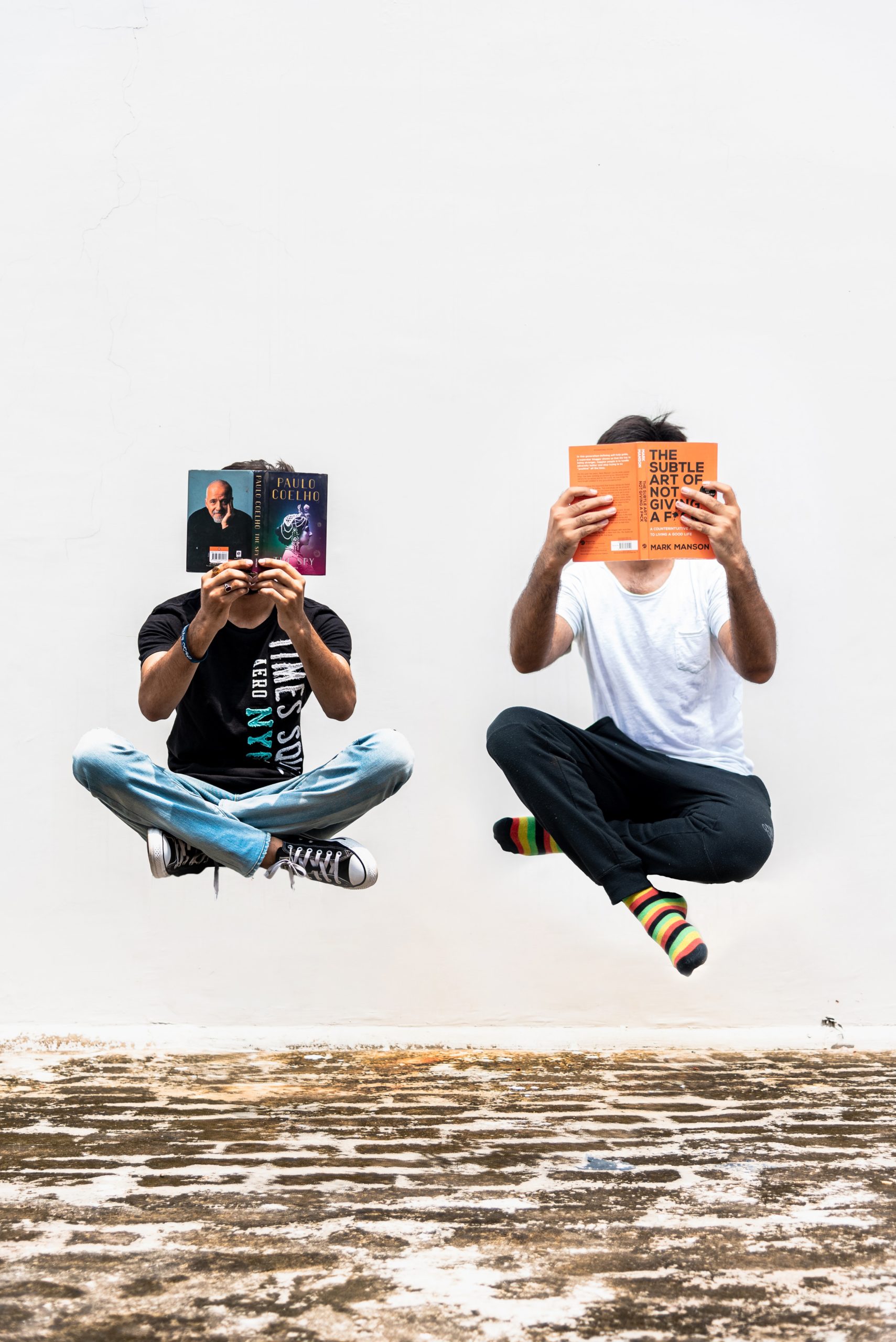
You may need accessories to protect and enhance your Canon camera's features. These items can add a variety of features and enhance your photography experience. Here are some useful tips: If your camera is heavy, you will need a tripod. A wireless flash trigger is another useful accessory.
Chrosziel Handgrip Extender
The optional accessory, the Chrosziel Handgrip Extender, allows you to increase your camera's grip length by up to 250mm. It is made of ergonomic leather and is universally compatible with all models of cameras. It can be attached to most camera bodies thanks to its Hirth join and M6 thread.
ITS Products Universal Handgrip
The ITS Products Universal Handgrip Canon camera is a great accessory. The snap-on design ensures that it remains secure while you're shooting. There are many different options to match different camera bodies.

This grip can be used with a variety of Canon cameras and many other brands. The unique design includes an integrated shutter button with scroll wheel. It also includes a tripod mount and battery compartment.
Sony V-Mount
With a V Mount Battery, you can charge your Sony or Canon cameras. The DC cable connects the battery plate to the camera. The regulator is built into the battery plate to ensure the correct voltage is delivered to the camera. You can also connect accessories via the D-Tap port on the battery plate.
The battery plate adapter lets you use both the longer-lasting V mount battery and smaller accessories. Typically, these are lower-capacity L Series battery. There are two versions of this adapter, the Type I and the Type II. These adapters can accept different cables.
Altura Photo Wireless Flash Trigger
You want to ensure that the trigger you purchase for Canon cameras is worth it. Do your research and compare similar products. This way, you'll be able to choose the best product for the money. In addition, it's important to purchase a product that's going to last a long time. If you spend hundreds of dollars on a trigger, you want it to last at least a year.

Altura Photo's wireless trigger and dual receiver kit allows you to wirelessly trigger two flashes at a distance of up to 100 feet. The product is perfect for novice and experienced photographers. Because it allows you to control the lighting and create better portraits, group shots and event photos,
Canon ET-63 Lens Hood
Canon ET-63 Lens Hood protects your EF-S55-250 f/4-5.6 IS STM Lens and prevents unwanted flares. The hood is also designed to reduce unwanted color aberrations, which are common problems with modern lenses.
The ET-63 Lenshood is designed for the Canon EF-S55-250mm f/4-5.6 ISSM lens. It has a non-glare matte interior that helps to reduce lens flare. It protects the front of the lens from accidental impact.
FAQ
How do you get started in digital photography
If you are just starting to get into digital photography, the most important thing is to choose which camera you would like. You have several options, including DSLRs (digital single lens reflex cameras), point-and-shoot compact cameras, camcorders, and smartphones. Each camera has different benefits and features. DSLR cameras are more expensive and weigh more than other types of cameras. Point-and-shoot cameras are smaller and lighter and often include automatic settings for certain situations. Camcorders can record excellent video and have some still photography modes. Smartphones are small and lightweight so they can be easily carried.
Once you've decided on the type of camera you'd like to buy, you will need to decide whether you would rather buy a used or new one. Even if the cameras were bought in the last few decades, they can still be purchased at reasonable prices. New models generally cost more because manufacturers spend large amounts of money developing new technology.
Next, you will need lenses. The quality of your photos is directly affected by the lens. They allow you to control the lens's focal length, allowing you to zoom into the scene without losing focus. Some lenses include built-in flash units. Others require external flash. Many brands offer many lenses with unique characteristics.
Finally, you will need to invest in memory cards. Memory cards store photos taken by your camera. You can store hundreds, thousands, or even more pictures depending on the size of the card. If you plan to shoot lots of pictures, you will need multiple memory cards.
What is rule of thirds for photography?
The rule of thirds is an easy way to create interesting compositions without using complicated camera settings. It divides the image horizontally or vertically into nine equal pieces. This creates three main areas in which you want your subject. These are the top (3rd from the left), middle (3rd from center) and bottom (3rd from lower right). These areas can serve as guides to help you position your subject within your frame.
The rule of threes can also help you avoid placing important items too close together. You might not have enough space between them for a strong visual impact if you put them close together. They might lose focus if they are too close together.
Which Lenses Do I Need?
Most beginners will ask this question: "Which lens should I buy?" There are many options. It can be difficult to make a decision.
The good news is you don't always need to buy a different lens with every purchase of a camera. You can simply add lenses later.
For starters, here are three types of lenses you might want to consider.
-
Wide Angle Lens (14mm to 24mm): These lenses allow you to see more of your subject from a wider angle. You can zoom in and not lose image quality.
-
Normal/Standard zoom lens (28mm -70mm). These lenses allow the user to adjust focal lengths while still maintaining good image quality.
-
Telephoto Zoom Lens (70mm, 200mm): These lenses work well for distant subjects. They allow you to focus on your subject despite the fact that they may seem small in the frame.
These lenses can also be combined to produce different effects. One example is to use a regular lens to photograph close-up details and then switch to a long-range lens to capture faraway objects.
How can I learn photography on my own?
If you want to learn how to take great photos, there are many ways to do this. You could buy a book, attend a class, join an online community, watch YouTube tutorials, etc. There's no better way to learn the art of photography than by doing it yourself. This way you can control what goes into each photograph. You'll only get better as long as your learning continues.
The best thing about digital photography? You don't need any expensive equipment. All you need to get started is an internet-connected computer and a digital camera. All else is up to you.
These are some suggestions to help you get started.
-
Get familiar with your camera's manual settings.
-
Learn how to use the controls.
-
Take many photos.
-
Modify them.
-
Share them.
-
Keep practicing.
-
Experiment.
-
You can try different perspectives and angles.
-
Use light sources creatively.
-
Practice makes perfect.
-
You don't have to be afraid of failing.
-
Be patient.
-
Have fun
How can I look great in photos?
The best way to ensure you look good in photos is to take them yourself. You'll learn how you pose for the camera and which angles are best. Learn how to use lighting, props and other tools to enhance your natural beauty.
You'll discover how to choose clothes that fit well, make-up that looks great on you, and hairstyles that suit your face shape and style.
We will also help you retouch your images using Photoshop or another editing software, if you are not satisfied with the results.
Don't be afraid to take some self-portraits.
Statistics
- There are people out there who will pick at flaws they can only see in 100% crops of your photos. (wikihow.com)
- Get 40% off Adobe Creative Cloud(opens in new tab) (creativebloq.com)
- That's the easiest way to get blurry photos 100% of the time. (photographylife.com)
- The second easiest way to get blurry photos 100% of the time is to use a cheap filter on the front of your lens. (photographylife.com)
External Links
How To
What are the requirements to be a good photographer?
The basic skills required for any photography job include technical knowledge, artistic ability, and business acumen.
Technical knowledge includes understanding exposure settings and camera functions, lens types, film speeds, developing techniques, and lens types.
It is important to have artistic talent. This includes understanding composition, lighting, posing, and how to use Photoshop.
Business acumen covers budgeting, scheduling, time management, and dealing with clients.
Photography is something you must be passionate about if your goal is to become professional photographer.
Take classes at school, college, or online to learn more about photography.
There are also many books available that teach you all aspects of photography.
It is important to learn about photography and to create your own style.
This will allow you to stand out from other professionals in your field.
Photography has changed throughout the years. In the past cameras such as the Kodak Instamatic, Polaroid instant and other cameras were used.
Digital cameras are increasingly popular today. These days most photographers use their smartphones to take photos.
You can buy a smartphone with high-quality photos, but if your goal is to become a professional photographer, you will need a DSLR (Digital Single Lens Reflex) to take great pictures.
You can control all aspects of your shot with a DSLR, such as shutter speed, aperture and ISO sensitivity.
These features allow you to create different effects and produce stunning photographs.
These controls can also alter the mood of your image.
You could, for example, make your subject blurry using a fast shutter speed.
You can also make the images appear as if they are moving by increasing their light input.
You can also change the scene's color temperature to alter the mood.
For example, if there is lots of blue light around, you can increase the red content of the picture to give it a warmer feel.
It might be hard to decide which direction to point your lens.
But once you grasp the basics, it won't be so difficult.
It is actually much simpler than you might think.
At first, you might only take landscape shots or close-up photos of objects.
But don't worry; as you gain experience, you will be able to capture anything from portraits to abstracts.
Once you are proficient in the basics, you will be able to move on to more difficult subjects.
Here are some tips for getting started.
-
Find a peaceful place. You should choose somewhere you feel comfortable and relaxed.
-
Find something interesting to photograph. Try to find unusual or unique objects.
-
Practice photos are a must. Practice makes perfect!
-
Experiment with different angles. Hold your camera differently depending on what you are trying to achieve.
-
Use different lenses. Different lenses offer different perspectives.
-
Try shooting in low-light conditions. It can be difficult to shoot in bright sunlight.
-
Practice framing your shot. Framing is one of the most important skills when capturing an image.
-
Learn how you can use your camera settings. Spend time playing with your camera settings. This is the best way to improve your photos.
-
Keep learning new techniques. There are many methods to learn photography. Check out local museums, galleries, museums and libraries.
-
Read magazines, books, and other publications. Photography books will give you all the information you need.
-
Join a club. Photograph clubs often host events that encourage members sharing their work.